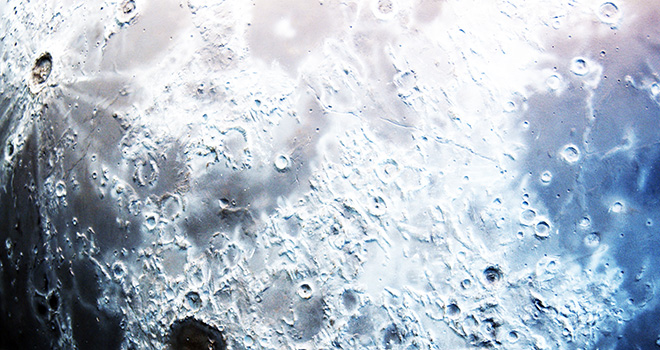
The 20th of July, 1969, marked one of the greatest days in human history: the giant leap, mankind’s stride into conquering the universe. Neil Armstrong became the first man to step foot on the surface of the moon, and the world watched and listened as he uttered his famous line: ‘That’s one small step for a man, one giant leap for mankind.’
We Can Now Re-live, Or For Those of Us Not Around in 1969, Live the Leap!
We can now relive this moment and preserve it for generations to come, NASA has uploaded over 8,400 photos of the Apollo lunar missions of the 1960s and 1970s. So conspiracy theorists and space enthusiasts alike, feast your eyes!
The footage is up on NASA’s official Flickr account, under Project Apollo Archive, and it contains nearly all pictures taken by astronauts during Apollo missions in amazing HD. At the time, the crew was sent on their missions with Hasselbald cameras, manufactured by Swedish brand Victor Hasselblad AB.
The rescanning of the Apollo film rolls began in 2004 at NASA’s Lyndon B. Johnson Space Center in Houston. The digitizing process was meticulous and took nearly a decade to complete, and it resulted in more than 8,400 images that had been uploaded at 1800 dpi resolution chronologically, so the events can be viewed exactly as they happened.
A Human Side of the Apollo Missions
The footage, never before seen, reveals the more humane aspects of the missions, showing Harrisson H Schmitt, module pilot, shaving on-board Apollo 17, and things such as condensation on a window during the Apollo 12 mission. It also shows images of rovers, introduced as of the Apollo 15 mission, including even a photograph of Apollo 17 Commander Eugene A Cernan, the last man to walk the lunar surface, and module pilot Ronald E. Evans gladly smiling for the cameras.
These images boost NASA’s efforts in trying to re-engage the public in space exploration by giving them the chance to live these events from their own screens. The Project Apollo Archive is also expected to engage the public’s interest in the moon, and it entertains even the idea of a colony on the satellite, seeing as it would be more economical than one in Mars due to its short distance from Earth.
That’s right, a colony. On the moon.
The Moon Express’s successful test of the MX-1 spacecraft further extends this possibility, and it has three more planned launches to the moon set for 2017. Moon Express hopes to unlock the moon’s natural resources to bring back minerals the Earth could use, sch as palladium, tungsten, iron, cobalt, gold and Helium-3.
Keep Footage of Your Own Landings With the DealStock Selfie Stick!

















